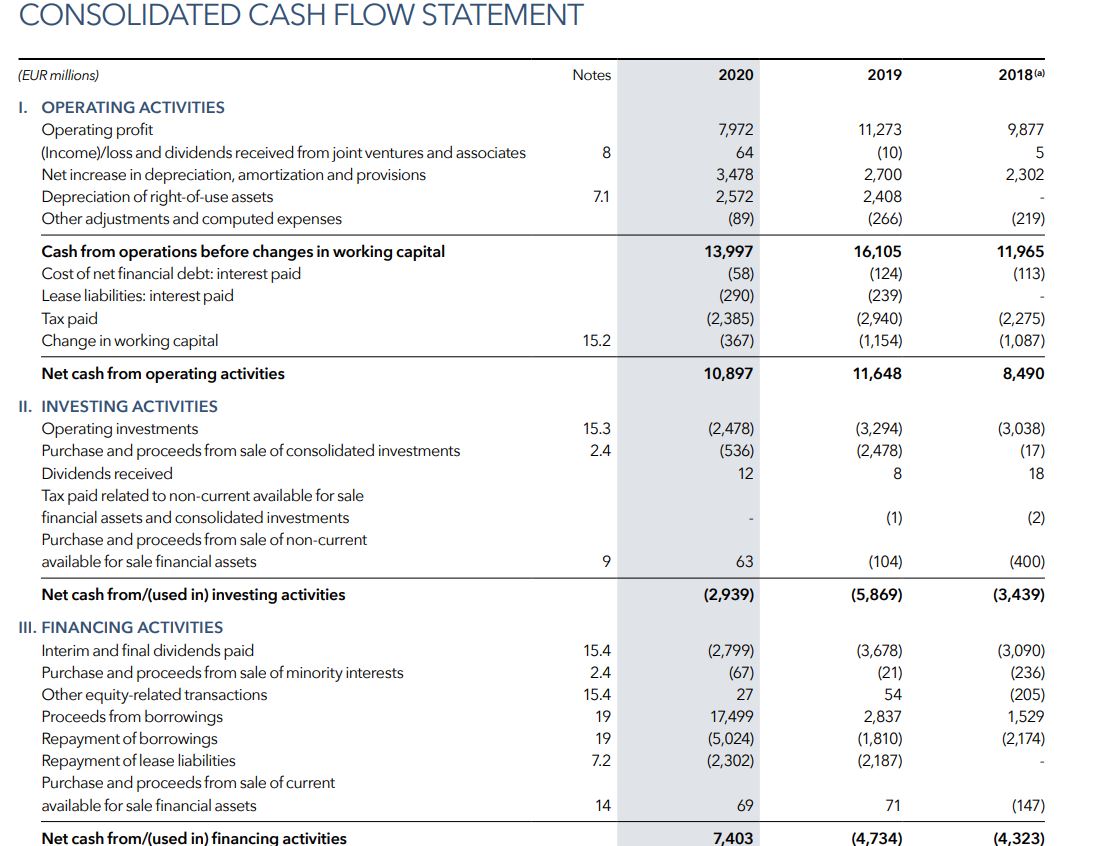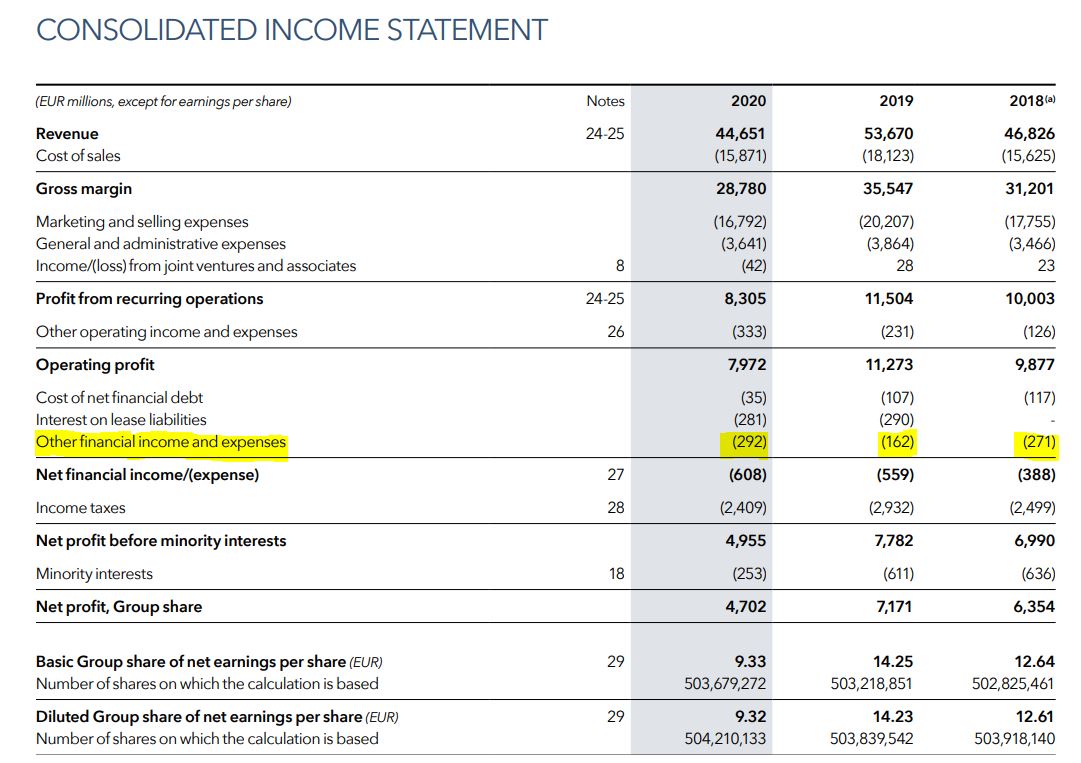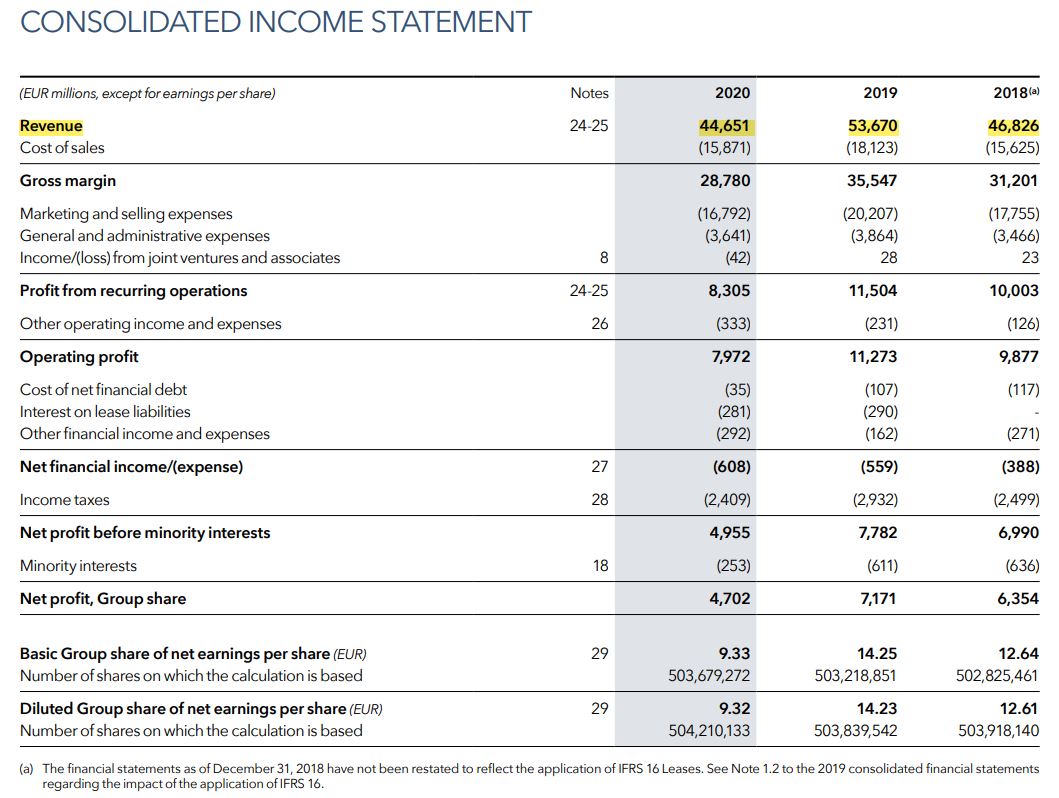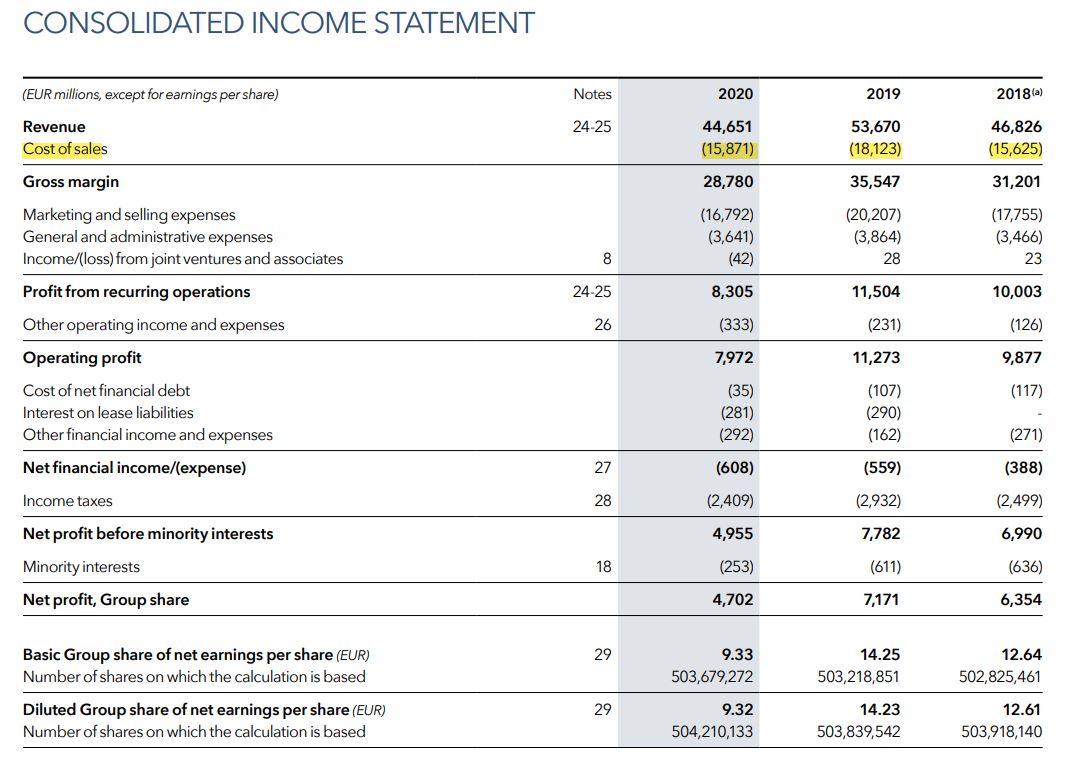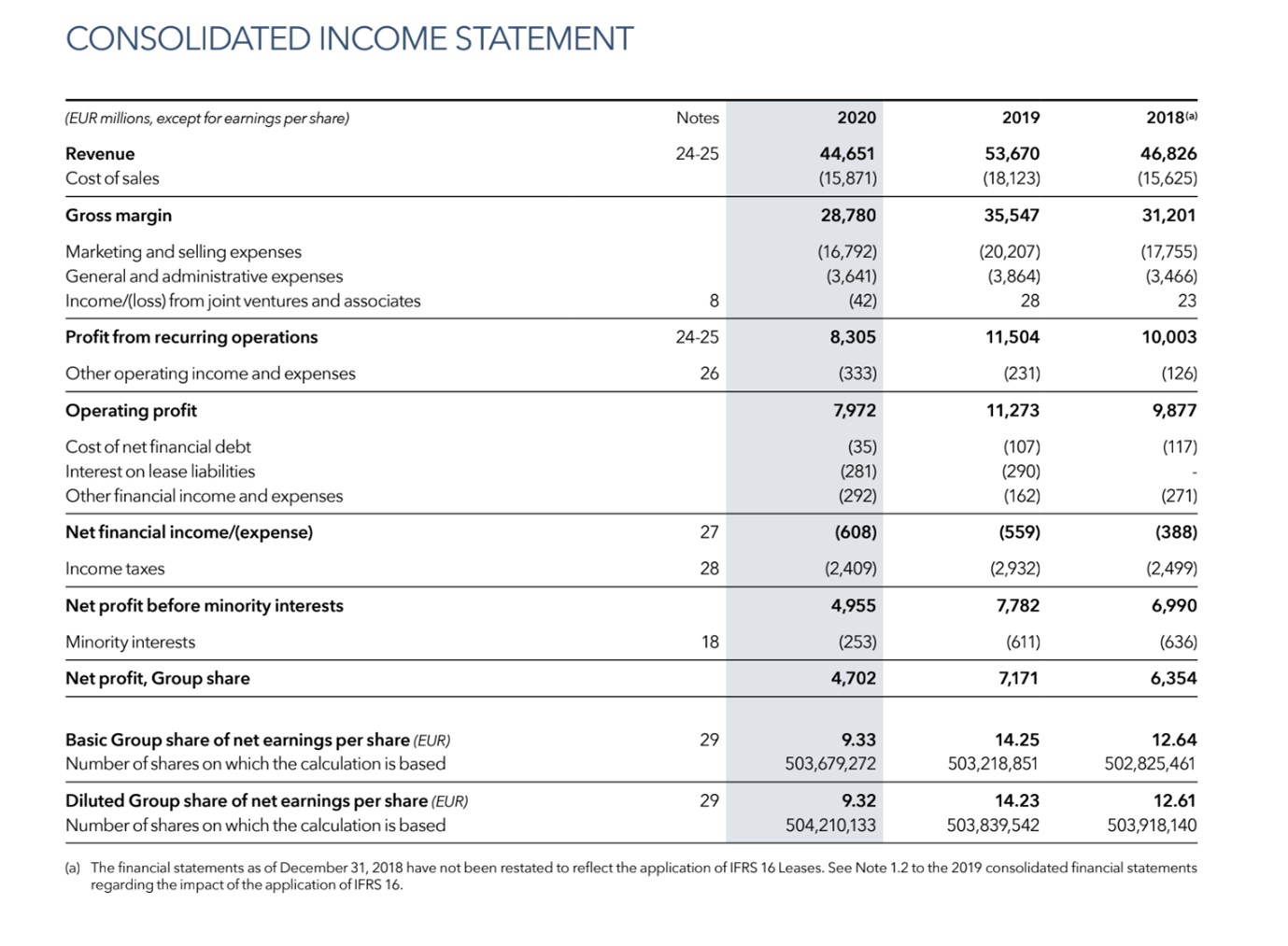My experience as an Accounting Assistant at Dafinity

In this article, Samia DARMELLAH (ESSEC Business School, Global BBA, 2020-2024) shares her professional experience as an Accounting Assistant at Dafinity.
About Dafinity
Dafinity is a well-established accounting firm in France, dedicated to providing tailored financial services to its clients.
They offer three main services: Part-Time CFO Services, Transaction Advisory Services (TAS), and Digital Transformation Consulting (TD).
Part-Time CFO Services
This means they provide expert financial leadership to companies that may not need a full-time Chief Financial Officer. They help guide these businesses through financial challenges and support their growth.
Transaction Advisory Services (TAS)
This service helps businesses with important financial transactions, like mergers or acquisitions, ensuring everything goes smoothly.
Digital Transformation Consulting (TD)
Dafinity assists companies in automating and optimizing their financial processes, making their operations more efficient.
The firm has worked with several notable clients, including BPI France, Deepki, and Djoko. Its dedication to quality service has made it a trusted partner for many businesses.
During my three-month internship at Dafinity (Spring 2021), I had the chance to work as an Accounting Assistant. In this role, my primary responsibilities included entering accounting entries, preparing tax returns, and assisting in the monthly review of accounts. This experience allowed me to gain valuable insights into the financial processes of a leading accounting firm and sharpen my analytical skills as I learned to assess the financial health of various clients.
Logo of Dafinity.

Source: Dafinity.
My missions
During my three-month internship as an accounting assistant at Dafinity, I had the opportunity to dive into a variety of tasks that significantly contributed to my professional growth. Each responsibility offered a unique learning experience that enhanced my understanding of the accounting field.
One of my key tasks was entering accounting data into the firm’s systems. This role was crucial because it emphasized the importance of accuracy and attention to detail in financial reporting. I quickly learned that even the smallest error could lead to larger discrepancies down the line.
I also participated in the review of monthly accounts, where I checked financial statements for accuracy. This process provided me with valuable insights into how businesses manage their finances and maintain their financial health. It was fascinating to see firsthand the level of scrutiny that goes into ensuring financial statements are precise and reflective of reality.
Additionally, I contributed to preparing tax returns, including VAT (Value Added Tax) and other corporate taxes. This task introduced me to the complexities of tax regulations and the necessity of compliance, revealing just how critical it is for businesses to stay on top of their tax obligations.
Interacting with clients was another significant aspect of my role. I managed document requests and provided guidance, which greatly improved my communication skills. These interactions taught me the importance of understanding clients’ needs and being able to offer solutions that align with their goals.
Finally, I assisted in the preparation of documents for annual audits. This experience underscored the significance of transparency and accuracy in financial reporting. I realized that thorough preparation is key to a successful audit, reinforcing the importance of diligence in all aspects of accounting.
Required skills and knowledge
During my internship, I learned that several important skills and knowledge areas are essential for success in accounting. First, being comfortable with accounting software, particularly Excel, was crucial for tasks like entering data and analyzing financial information. Understanding basic accounting principles and tax regulations was also necessary to prepare accurate tax returns and ensure compliance with laws.
Additionally, effective communication was important because I frequently interacted with clients. Being able to explain information clearly helped build trust and ensured that clients felt supported. Attention to detail was vital, as even small errors in accounting can lead to significant issues. Finally, being able to think critically and solve problems was important when faced with challenges, like discrepancies in financial records.
Overall, these experiences helped me grow and prepared me for future opportunities in finance.
What This Experience Brought Me
My time at Dafinity has been incredibly rewarding for several reasons:
Skill Development
I gained hands-on experience in accounting and finance, which complements what I’ve learned in school. This practical knowledge will be invaluable as I continue my career.
Understanding the Firm’s Environment
Working at Dafinity gave me a clear picture of how an accounting firm operates. I learned about the services they offer, like part-time CFO support and transaction advisory services, and how these help businesses succeed.
Interpersonal Skills
Working with clients improved my communication skills and taught me how important it is to build good relationships in a professional setting. Understanding client needs and providing solutions is key to success.
Financial concepts related my internship
Cash-flow
Cash flow refers to the movement of money in and out of a business, indicating its liquidity and financial health. It is essential for maintaining operations and meeting obligations. During my internship at Dafinity, I gained insights into how businesses manage their cash flow by monitoring receivables and payables. Understanding cash flow was crucial for helping clients develop strategies to optimize their financial resources, ensuring they have enough liquidity to support their operations and growth initiatives.
Depreciation
Depreciation is the method used to allocate the cost of a tangible asset over its useful life, reflecting the asset’s reduction in value over time. This accounting concept is vital for accurate financial reporting and tax calculations. In my role as an accounting assistant, I was involved in preparing financial statements where I learned how depreciation impacts a company’s profit margins and tax liabilities. Properly accounting for depreciation helps businesses provide a clearer picture of their financial position and comply with accounting standards.
Fixed Assets
Fixed assets refer to the long-term tangible assets that a company owns and uses in its operations, such as buildings, machinery, and equipment. These assets are critical for generating revenue and sustaining operations. During my internship, I analyzed the fixed assets of clients to assess their asset utilization and long-term financial planning. Understanding the implications of fixed assets helped me recognize how investments in these assets can drive growth and efficiency, emphasizing the importance of strategic asset management in financial decision-making
Related posts on the SimTrade blog
▶ All posts about Professional experiences
▶ Louis DETALLE A quick review of the Accountant job in France…
▶ Lou PERRONE Free Cash Flow: A Critical Metric in Finance
Useful resources
About the author
The article was written in October 2024 by Samia DARMELLAH Samia DARMELLAH (ESSEC Business School, Global BBA, 2020-2024).





